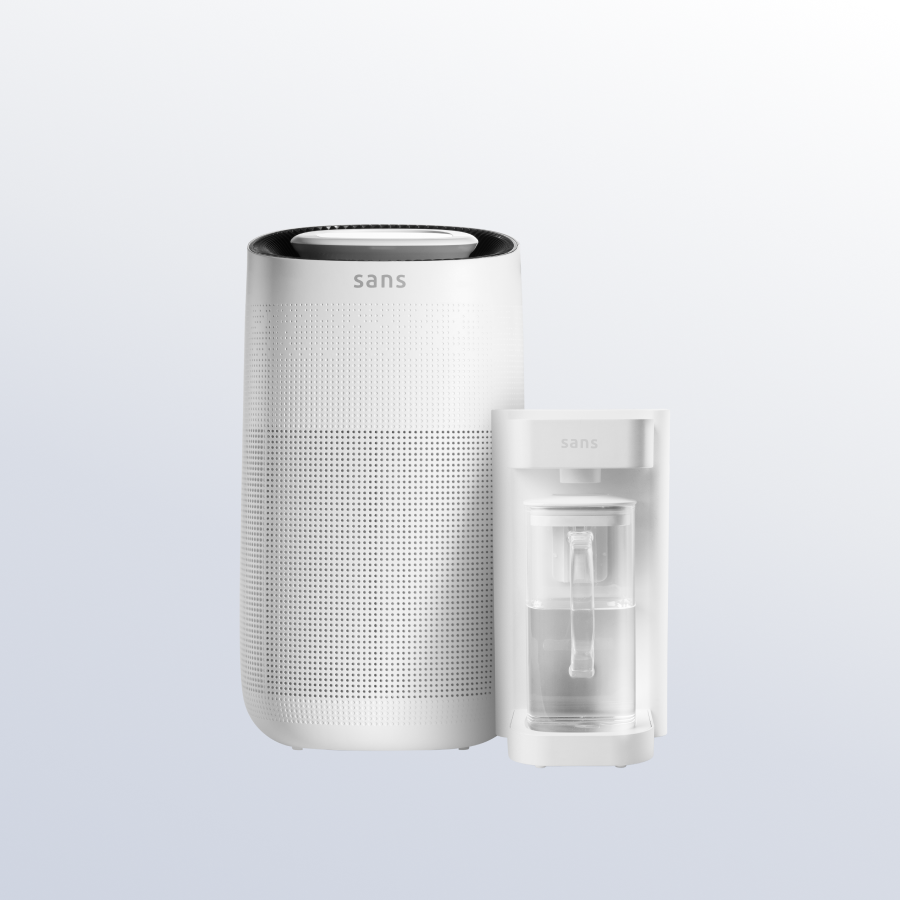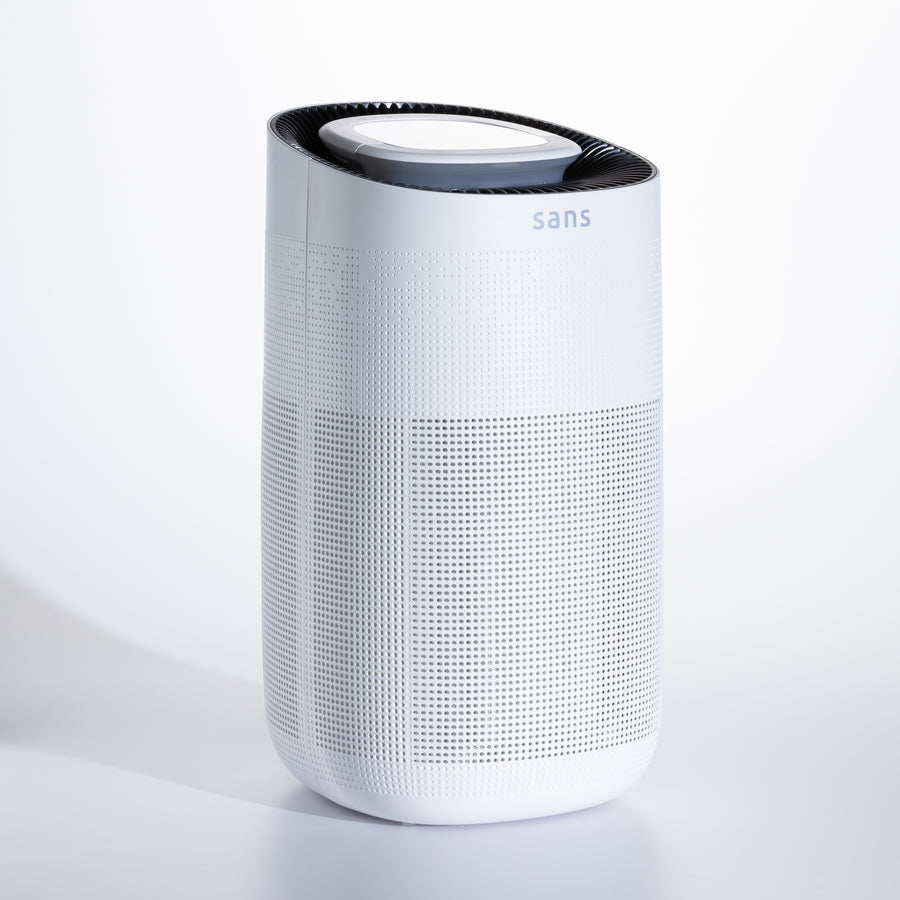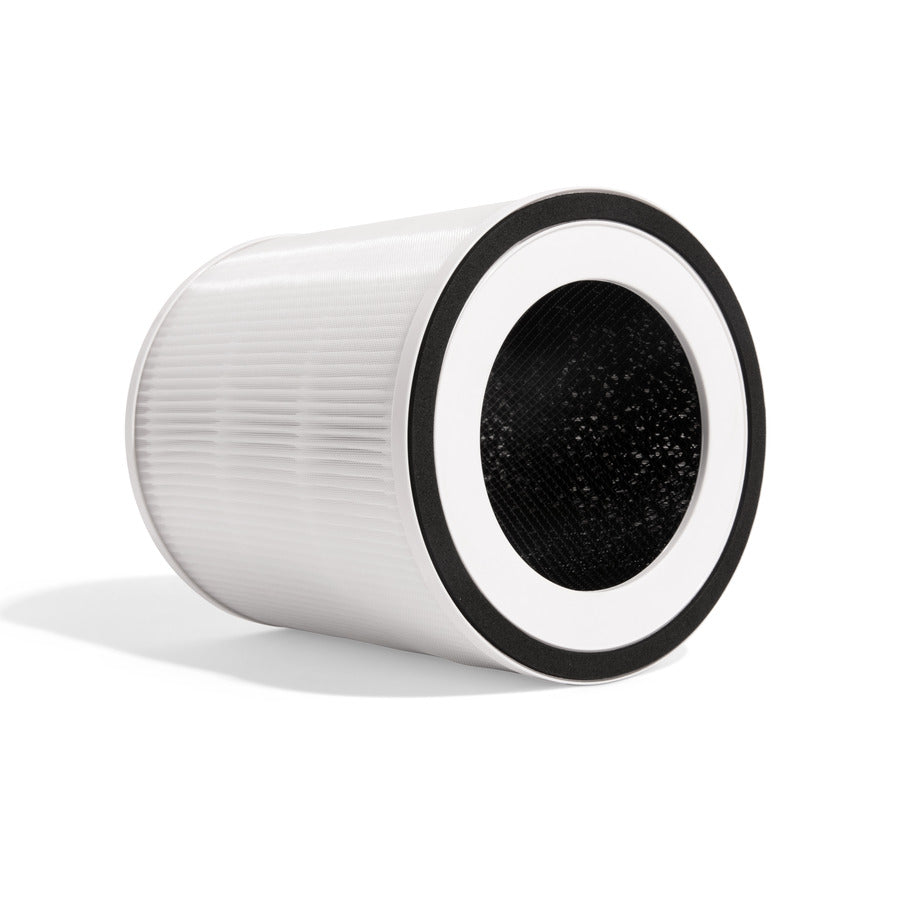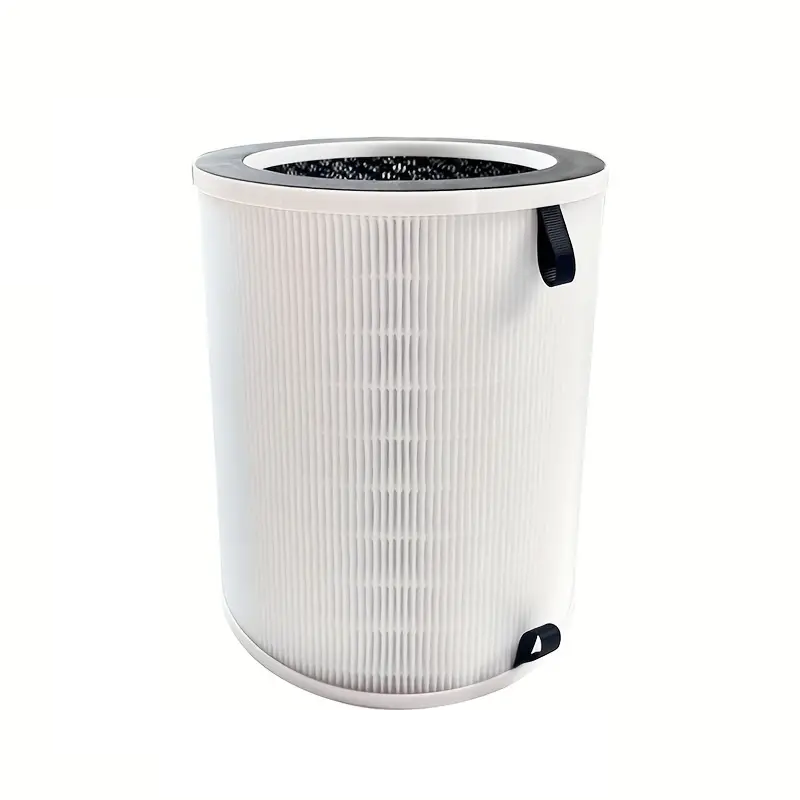Introduction: Understanding the Difference
As indoor air quality (IAQ) becomes a growing concern, many homeowners find themselves weighing the benefits of dehumidifier vs air purifier. Both devices serve unique functions—dehumidifiers control moisture levels in the air, while air purifiers filter pollutants and allergens. Understanding which appliance is best suited for specific environments within your home can significantly enhance your comfort and health.
In this room-specific guide, we will analyze various spaces throughout the home, detailing when to choose a dehumidifier or an air purifier. Along the way, we’ll share user pain points, such as allergies and humidity control, and provide targeted recommendations to ensure you make informed choices.
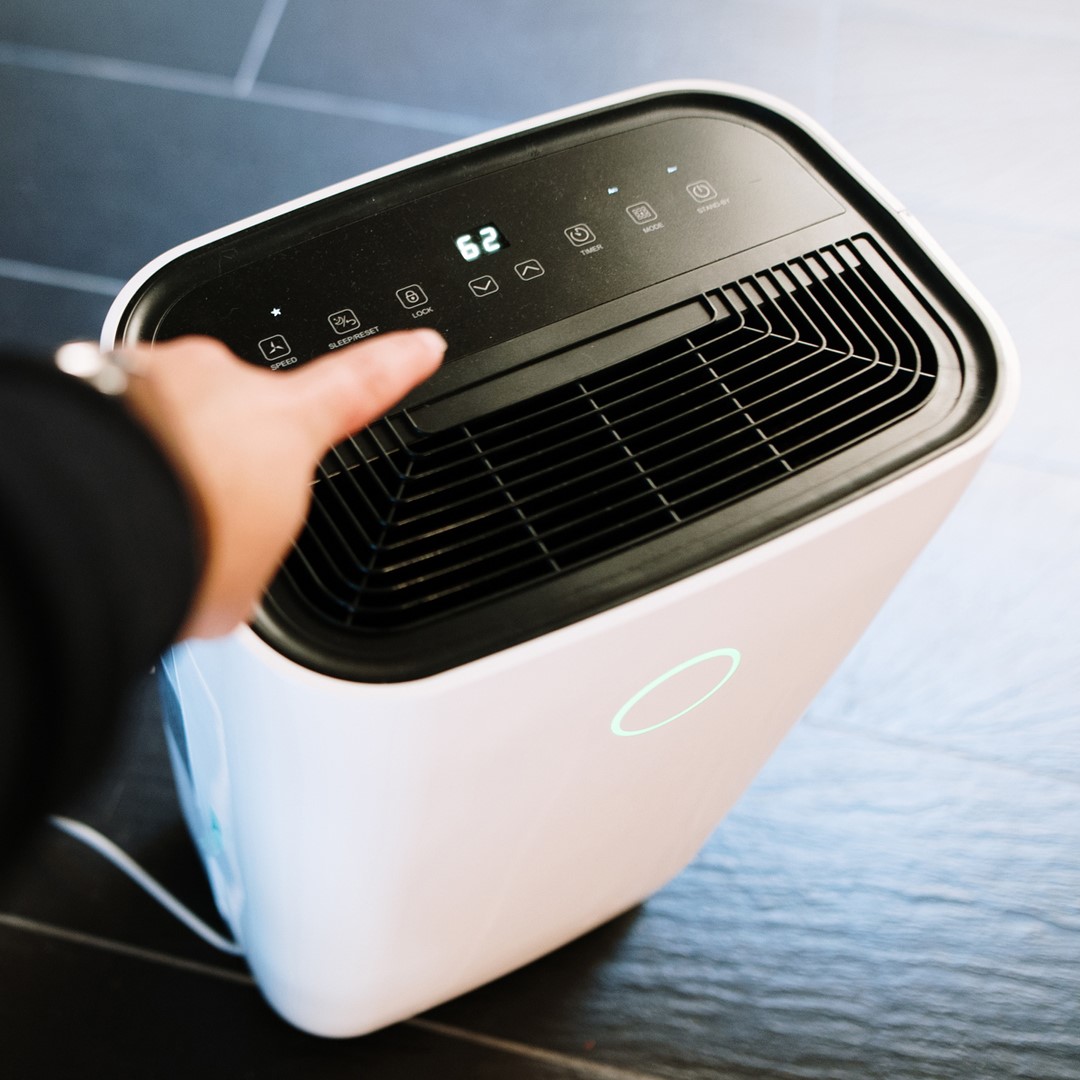 Bedrooms: Managing Humidity and Allergens
Bedrooms: Managing Humidity and Allergens
When it comes to bedrooms, maintaining both optimal humidity levels and air quality is essential, particularly for individuals who suffer from allergies or respiratory issues.
Humidity Control Importance
Excessive humidity in a bedroom can foster mold growth and dust mite infestations, contributing to allergies. Ideally, indoor humidity levels should stay between 30% and 50%. Here, a dehumidifier is invaluable for eliminating excess moisture.
Air Quality Considerations
In contrast, air purifiers are important for removing allergens like pet dander, dust, and pollen from the air. For a bedroom that experiences high humidity but also has issues with airborne allergens, a combination of both appliances may be beneficial.
Recommendation
Solution: Start with a dehumidifier to bring humidity levels down to a comfortable range. After stabilizing humidity, introduce an air purifier with a HEPA filter to target allergens effectively, ensuring a good night’s sleep.
Kitchens: Addressing Moisture and Odor
Kitchens often have unique air quality challenges, from high moisture levels due to cooking and washing dishes to odors from food preparation.
Moisture Management
Cooking techniques like boiling and steaming can raise humidity levels, making dehumidifiers essential in preventing condensation and mold growth in this area.
Odor and Smoke Control
An air purifier becomes necessary in combating cooking odors, smoke, and greasy particles that can linger long after a meal is prepared.
Recommendation
Solution: Place a dehumidifier in your kitchen to manage humidity, particularly if you cook frequently. Simultaneously, deploy an air purifier with activated carbon filters to neutralize odors and improve air quality.
 Basements: Battling Dampness
Basements: Battling Dampness
Basements are notorious for maintaining high humidity levels and musty odors, making effective moisture control critical.
High Humidity in Basements
Without proper humidity management, basements can become breeding grounds for mold and mildew. Dehumidifiers are essential for keeping moisture levels below 60%, which mitigates health risks associated with damp environments.
Air Purification Needs
While addressing humidity, consider how air quality can also be affected by any pollutants or dust accumulated. If you routinely find your basement damp or musty, the air purifier can provide secondary support in filtering out contaminants.
Recommendation
Solution: Invest in a high-capacity dehumidifier to consistently manage moisture. Follow it up with an air purifier—ideally one equipped with a HEPA filter—to enhance air quality and eliminate any lingering odors.
Garages: A Composite Problem Area
Garages often combine multiple environmental factors, from humidity to dust and vehicle exhaust.
Humidity and Temperature Fluctuations
Depending on your geographic location, garages can experience extreme temperature fluctuations, leading to moisture accumulation. This scenario makes dehumidifiers crucial for maintaining a stable environment free from rust and mold.
Pollutants and Dust Control
Garages are also prone to collecting dust and fumes from vehicles and tools, necessitating the use of air purifiers.
Recommendation
Solution: A dehumidifier should be your first choice to reduce moisture in the garage. However, once humidity is managed, supplement it with an air purifier designed to handle larger areas and filter out automotive exhaust and particulate matter.
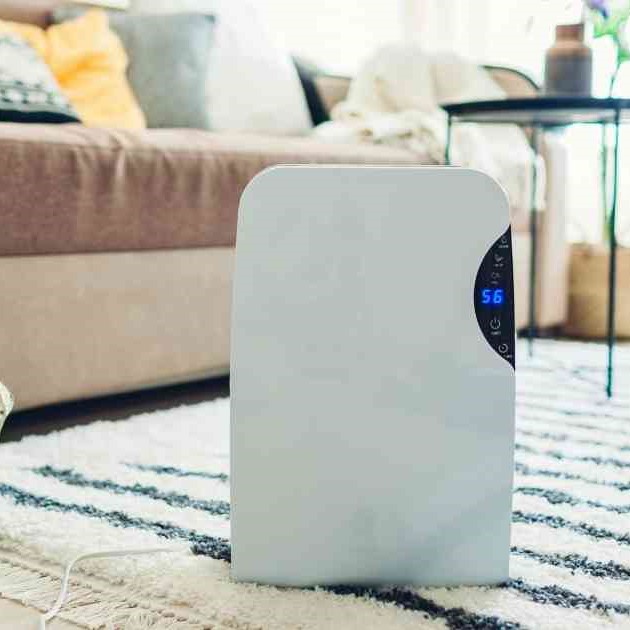 Living Rooms: Balancing Comfort and Clean Air
Living Rooms: Balancing Comfort and Clean Air
Living rooms commonly serve as the central hub of family life, making it essential to maintain a comfortable atmosphere.
Humidity Management
In areas with high humidity, dehumidifiers can help maintain a comfortable living space free from dampness, while also protecting your furniture and flooring from moisture-related damage.
Allergen and Pollution Control
Air purifiers are essential for removing allergens, dust, and pet dander, helping increase comfort levels for all family members.
Recommendation
Solution: Consider an energy-efficient dehumidifier to control any dampness in the living space. Combine it with a high-efficiency air purifier that captures dust and allergens, creating a more comfortable environment for relaxation and family gatherings.
Scientific Principles of Humidity and Contaminant Removal
Both dehumidifiers and air purifiers operate based on different scientific principles to improve indoor air quality.
How Dehumidifiers Work
Dehumidifiers focus on controlling humidity levels by removing excess moisture from the air. The process typically involves condensation: warm air is drawn into the unit, cooled down over cold coils, and thus the moisture condenses and collects in a reservoir or is expelled through drainage.
- Data Insight: A recent study found that maintaining indoor humidity levels between 30% and 50% is optimal for comfort and health. Levels above 50% can promote mold growth, particularly in basement areas.
- Effectiveness Against Mold: In spaces like basements, where moisture can lead to mold growth, dehumidifiers prove invaluable. Specifically, mold spores thrive in humid environments—just 60% or higher humidity allows them to grow rapidly. Furthermore, statistics suggest that dehumidifiers can reduce humidity by 10-30% in a short time, effectively inhibiting mold development.
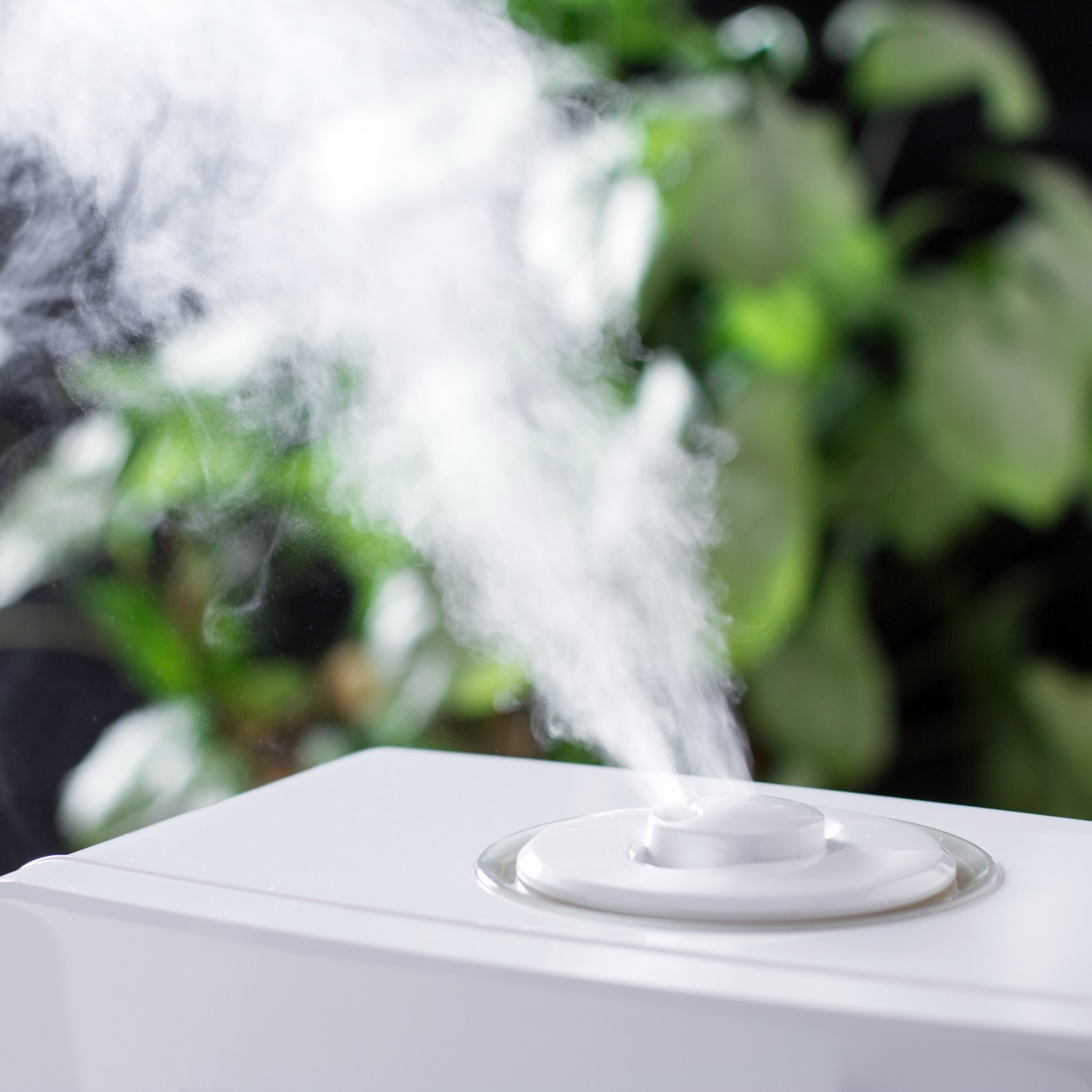 How Air Purifiers Work
How Air Purifiers Work
Air purifiers, on the other hand, use filtration and other mechanisms to remove airborne pollutants, allergens, and particulates. The most common type, the HEPA (High-Efficiency Particulate Air) filter, captures 99.97% of particles that are 0.3 microns (µm) or larger, including dust, pollen, and pet dander.
-
Data Insight: According to the Environmental Protection Agency (EPA), indoor air can be 2 to 5 times more polluted than outdoor air. Air purifiers play a critical role in reducing these pollutants, especially in smoking or pet-owning households.
- Addressing Smoke: For example, when smoke is present, especially from cooking or tobacco, air purifiers equipped with activated carbon filters can adsorb chemical compounds like benzene and formaldehyde, effectively neutralizing unwanted odors. Studies indicate that air purifiers can reduce indoor smoke concentrations by 95% within an hour of operation, highlighting their effectiveness in scenarios where air quality is compromised.
The User Pain Point: Allergies and Humidity
For many individuals, particularly those with allergies, maintaining the right balance between humidity control and clean air is paramount. In these cases, understanding the specific features required from a dehumidifier vs air purifier can mitigate serious health concerns.
Case Study: Allergies in the Bedroom
For example, a person suffering from allergies may struggle with morning congestion and sneezing due to dust mites and mold thriving in a humid environment.
- An initial setup consisting of a dehumidifier will significantly lower humidity levels.
- Following that, an air purifier equipped with a HEPA filter will capture airborne allergens, transforming the space significantly and promoting a restful night’s sleep.
Choosing the Right Products: Key Performance Indicators
When deciding between dehumidifiers and air purifiers, consider the following criteria for each:
Dehumidifier Features
- Capacity: Choose a unit with a capacity suitable for the size of your room (measured in pints of moisture removed per day).
- Drainage Options: Look for continuous drainage features to simplify use in damp areas like basements.
- Energy Efficiency: Check for Energy Star ratings to optimize energy usage.
Air Purifier Features
- Filtration System: Opt for units with HEPA filters for the best allergen removal. Activated carbon filters are useful for odor control.
- Room Size Compatibility: Ensure the air purifier can handle the dimensions of your living space effectively.
- Smart Features: Consider advanced models with smart technology for remote monitoring and adjustments, enhancing user experience.
 Conclusion: Making the Right Choice
Conclusion: Making the Right Choice
In understanding the nuances of dehumidifier vs air purifier selection, you can significantly enhance your home environment. By reviewing each room’s unique needs—whether it’s the humidity challenges of basements or the allergens present in bedrooms—this guide serves to empower you to choose the appropriate device for your specific circumstances.
Emphasizing the importance of customer experience, particularly for those with allergies or sensitivities, extends the value of your investment. Carefully selecting the right appliances will lead to cleaner air, reduced humidity, and an overall healthier home environment.
When it comes to making an informed decision, ensure that you assess your space, understand the potential challenges you face, and choose products that best meet those needs. The right combination of air quality solutions allows you to create a comfortable, inviting, and healthful atmosphere for you and your family. Investigate the leading brands available today and evaluate their offerings to find the best solutions for your home—it’s time to breathe easier!

